Receive satellites data from your house!
Dear all,
in this article I will break down the process to install and operate your own satellite communication antenna and be able to receive data from space for less than 500 usd.
First of all, it is important to notice that a lot of open source communities have popped since few years, allowing anybody to get access to design already being operated somewhere else in the world.
Here is what you need:
- an antenna that will convert the radio signal in electrical signal;
- a tracking device that will point the antenna in the right direction at the right time;
- a Software Defined Radio, that will convert the electrical signal into data;
- a computer, to read the data and control the tracking device;
- some softwares.
According to open source communities it is estimated to cost less than 500 usd.
Antenna:
There is plenty of antenna designs. Basically there is 2 things to know about your antenna: the gain and the frequency. The gain will improve the signal quality and the frequency will define what kind of signals you can receive. Most of the data you can receive as a radio amateur are in UHF (ultra high frequency) or VHF (very high frequency). You can buy any antenna on those bands, and try to have a good gain. Typically, an antenna like this have probably a very good gain:
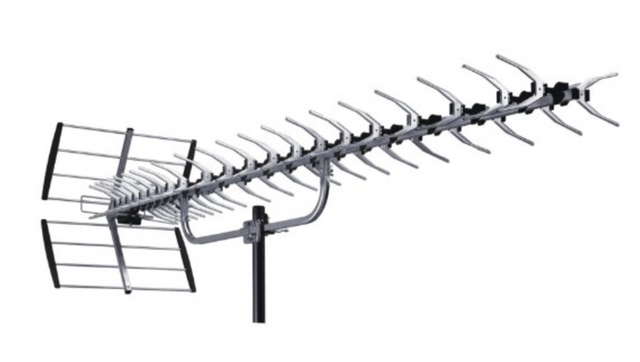
you can buy this one here: https://www.amazon.com/Xtreme-Signal-Range-Antenna-HDB91X/dp/B00CX700EY/ref=sr_1_18?s=electronics&ie=UTF8&qid=1515764398&sr=1-18&keywords=uhf+antenna
the easy part: Computer
the computer can be a raspberry pi 3 for example. Those super small quad core computer cost less than 50 usd and are largely powerful enough to do what we want. As said before, the computer will do 2 things: tracking, and data reading.
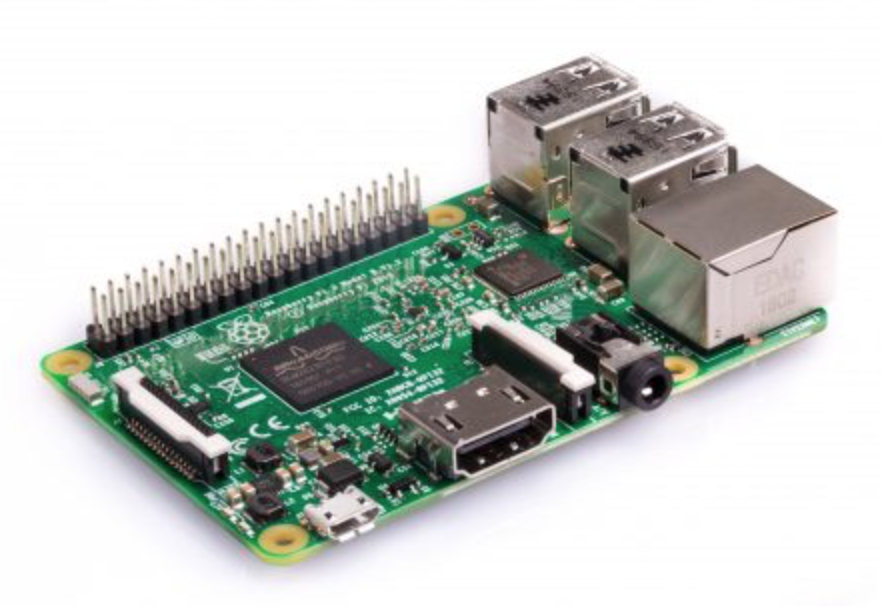
buy now: https://www.raspberrypi.org/products/raspberry-pi-3-model-b/#buy-now-modal
Softwares
Has satellites are going to 7km/s in Low Earth Orbit, you need to have a pretty accurate estimation of where it is, and control your tracking device to the right direction depending on the time. The best open source software for that is GPREDICT, and you can find all relevant information there: http://gpredict.oz9aec.net
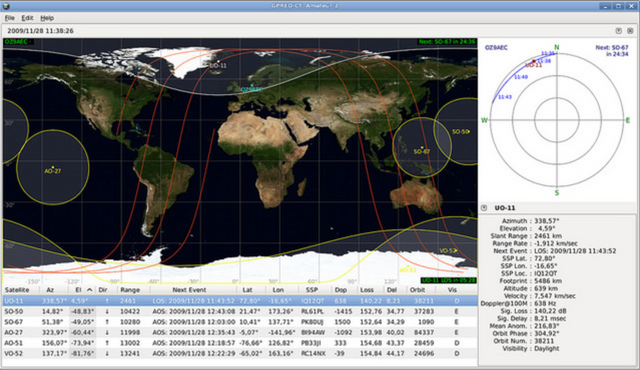
Now your antenna is pointing in the right direction, you need to listen to it! You need a radio, and since few years we can all use what we call a Software Defined Radio for that. Connect a SDR dongle to physically translate the electrical signal to digital signal. You can buy the most common SDR on amazon here: https://www.amazon.com/RTL-SDR-Blog-RTL2832U-Software-Defined/dp/B0129EBDS2

About the Software Defined Radio itself, the one I am the most used to is Airspy but you can definitely use another one https://airspy.com .
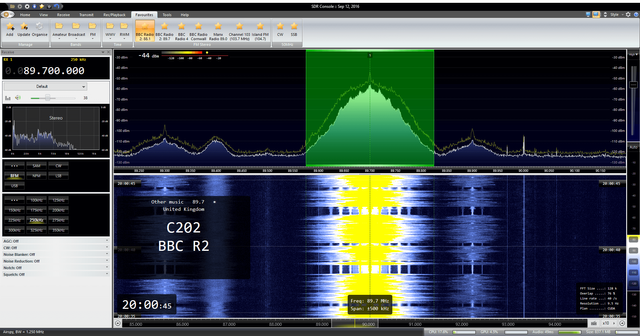
last part... the tracking
there is 2 ways of doing the tracking. You can either do it yourself by hand, or you can make your own rotor by 3d design and a little bit of electronics. It is important to note that 3D printing such large parts is quite expensive and most of the cost comes from this functional part so you might want to do it by hand at first. The SATNogs community is providing such open source design and is available here (note: an antenna is also available): https://satnogs.org/documentation/hardware/
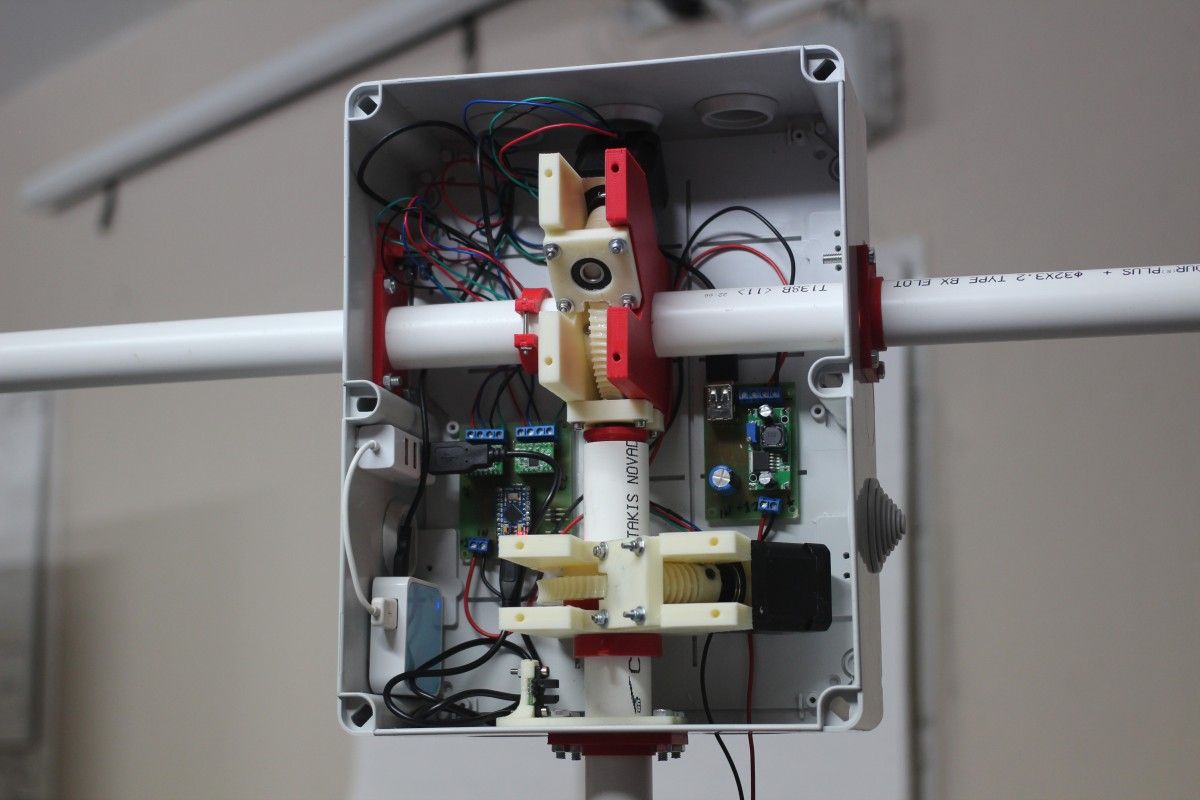
Last steps...
now you are ready to listen to space. You can find very useful information about the satellites passing above you, on which frequency listen to them, and how to decommute the data on this website: http://www.pe0sat.vgnet.nl
A great stuff to do is to decode data from NOAA earth observation satellites and receive pictures from above you like this one:

a full tutorial is available here:
That's it! I hope you will have as much fun as me :D